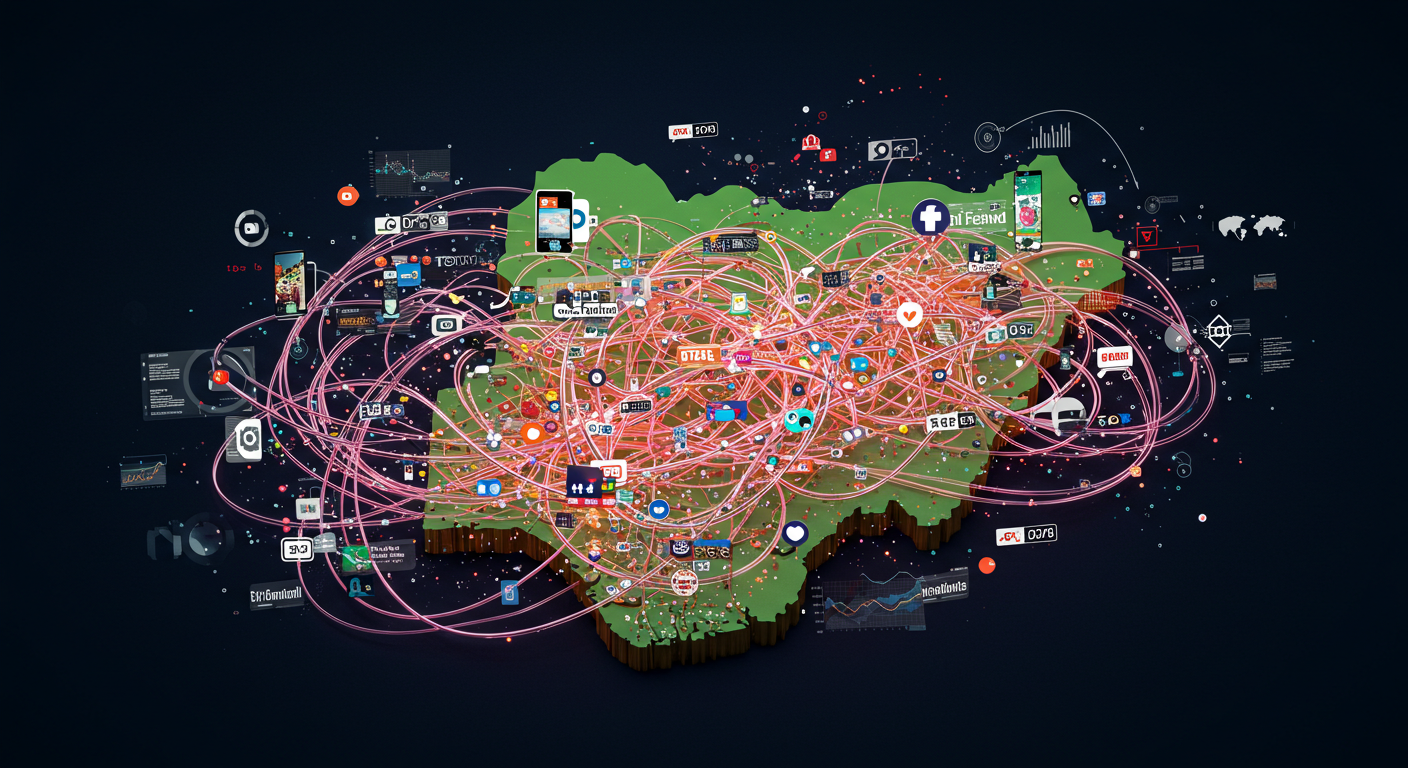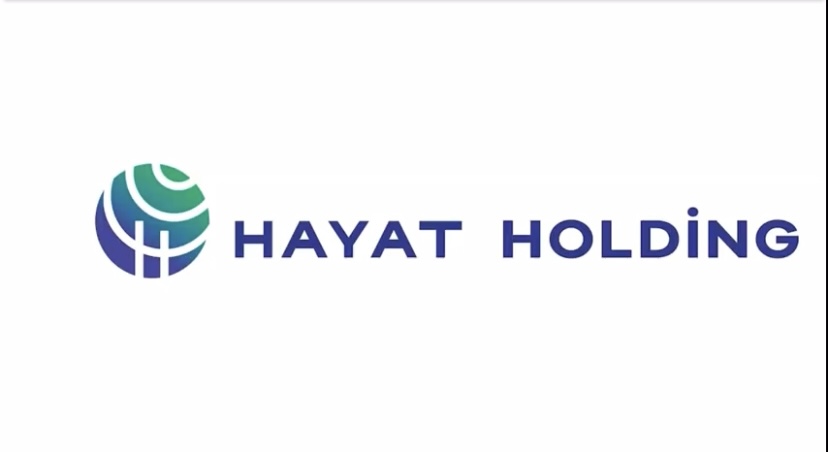In 2025, Nigeria’s advertising landscape is a vibrant, chaotic tapestry of channels, devices, and data points, reflecting the nation’s rapid digital transformation. Marketers are no longer just buying impressions; they’re orchestrating complex journeys across increasingly popular social media feeds, burgeoning streaming platforms, localised search results, and even emerging digital realms that cater to a mobile-first populace. But amidst this dazzling array of opportunities, fueled by a young, tech-savvy demographic and a growing economy, lies a fundamental, persistent question for brands operating in Nigeria: how do we truly measure the return on investment (ROI) of our advertising efforts amidst unique local complexities? The answer, in 2025, is more multifaceted and challenging than ever before. Yet, alongside these complexities, a wave of innovation is empowering Nigerian marketers to finally “measure what matters,” moving beyond simplistic metrics to truly understand the impact of their naira spend.
The sheer volume of channels and touchpoints, coupled with Nigeria’s specific economic realities, presents a double-edged sword. While it offers unparalleled reach, it also creates significant hurdles for ROI measurement. Every click, scroll, and interaction generates a mountain of data, but the challenge isn’t a lack of information, but rather a lack of actionable insights relevant to the Nigerian consumer. Marketers are often overwhelmed, struggling to filter out the noise and identify the signals that genuinely indicate campaign effectiveness in a market characterised by diverse cultural nuances and varying internet penetration across regions. This “analysis paralysis” can lead to missed opportunities and inefficient spending, making tools for data filtering, segmentation, visualisation, and predictive analytics essential to cut through the clutter. Adding to this complexity, the global sunset of third-party cookies, coupled with Nigeria’s own Data Protection Act (NDPA), has profoundly impacted how data is collected and used for targeting and measurement. Advertisers are pivoting towards privacy-first strategies, relying more heavily on first-party data, contextual targeting that understands local content consumption, and privacy-preserving technologies. This necessitates a fundamental rethinking of traditional attribution models, especially given consumers’ increasing concern about how their data is handled. The customer journey in Nigeria in 2025 is rarely a straight line; a consumer might discover a product on TikTok, research it on local e-commerce platforms like Jumia or Konga, see an ad on YouTube, and finally convert through a WhatsApp message or a physical store visit. Attributing value to each of these touchpoints, particularly when many interactions are offline or in “dark funnel” environments where tracking is limited by data costs or inconsistent connectivity, remains a significant challenge, making traditional last-click or first-click models increasingly inadequate for capturing the full picture of the Nigerian consumer’s path to purchase. Furthermore, the persistent inflationary pressures and currency depreciation in Nigeria place significant scrutiny on advertising budgets, making accurate ROI measurement even more critical for business survival and growth.
Despite these complexities, 2025 is also witnessing a surge in innovative approaches and technologies that are transforming advertising ROI measurement within the Nigerian context. Marketing Mix Modelling (MMM), once a laborious, retrospective exercise globally, is experiencing a powerful comeback, fueled by advancements in AI and automation, with local relevance. “Always-on” MMM, providing weekly or even daily insights, is becoming the norm, helping Nigerian marketers understand the long-term impact of brand building alongside short-term performance, integrating data from both online and offline channels. This is particularly crucial in a market where traditional media still holds sway alongside digital. Moving beyond correlation to causation, incrementality testing is gaining significant traction. By comparing the performance of a test group exposed to ads with a control group that isn’t, marketers can accurately measure the true incremental impact of their advertising spend. While often costly and platform-specific, the increasing availability of lift testing tools on various platforms is making this powerful methodology more common, proving especially valuable for brands navigating a price-sensitive market. AI and machine learning are revolutionising every facet of advertising measurement, automating data integration, enhancing attribution models to process vast datasets and uncover hidden patterns specific to Nigerian consumer behaviour, optimising ad campaigns in real-time, and powering predictive analytics to forecast future trends and customer behaviours. Local AdTech companies like Pisi are already leveraging AI for audience targeting optimised for Nigerian demographics and culturally relevant insight. The goal of Unified Marketing Measurement (UMM) is to converge data and methodologies from various sources into a single, cohesive view of marketing performance. This holistic approach aims to provide a standardised understanding of ROI across all channels, moving towards a single source of truth for decision-making, which is particularly vital for multi-national brands operating in Nigeria. As acquisition costs rise, especially given the economic climate, marketers are shifting their focus beyond immediate conversions to long-term customer value, with measurement models increasingly incorporating Customer Lifetime Value (CLV). Similarly, Return on Marketing Objectives (ROMO) emphasises a comprehensive view, considering both sales and brand value, reflecting a broader understanding of marketing’s impact beyond just transactional data. Beyond traditional ROAS, marketers are adopting new key performance indicators (KPIs) tailored to the Nigerian landscape. Metrics like ACOS (Advertising Cost of Sales) for the booming e-commerce sector, and the integration of reach and frequency-based measurements in MMM, are providing a more nuanced understanding of advertising effectiveness, particularly given Nigeria’s mobile-first consumption habits and the prevalence of social media as a “new shopping mall.”
Read also: Beyond Product & Price: Is “Connection” Kotler’s Missing P for Nigerian Brands?
In 2025, measuring advertising ROI in Nigeria is less bout finding a single, magic bullet and more about embracing a continuous cycle of data-driven refinement tailored to local realities. The most successful marketers are adopting a hybrid approach, combining the strategic insights of MMM with the granular, tactical understanding from incrementality testing and advanced attribution models, always with an eye on the unique characteristics of the Nigerian consumer. They are prioritising data quality and governance, recognising that the accuracy of insights hinges on the cleanliness and reliability of the underlying data, especially as NDPA compliance becomes more stringent and local consumer trust in data handling grows. They are fostering a culture of experimentation, constantly testing new approaches, channels, and creative ideas that resonate culturally, and using measurement to learn and adapt efficiently in a dynamic market. Ultimately, they are investing in local talent and technology, equipping teams with the skills to interpret complex data within the Nigerian context and providing them with the cutting-edge tools to do so. The challenges in advertising ROI measurement in Nigeria in 2025 are significant, born from the very dynamism of the digital age and the unique economic environment. But with every challenge comes an opportunity. The innovations are helping Nigerian marketers to move beyond mere guesswork, gaining a deeper, more accurate understanding of what truly matters: the tangible, measurable impact of their advertising investments on business growth and brand loyalty within this vibrant and complex market. The future of advertising measurement in Nigeria is not just about continuing conversions; it’s about understanding influence, building relationships, and ultimately, driving sustainable value in one of Africa’s most promising digital economies.
Also Watch:MARKETING EDGE ONTV








Comment
No comments found.